A loft conversion in Richmond is a fantastic opportunity to boost the value of your home without the need to relocate. Did you know that converting your loft in Richmond can add as much as 25% in value to the property, which ensures a profitable investment in the long run. In some suburbs of Richmond, where space is limited, loft conversions have become the preferred choice for families seeking to enhance their homes. Not only is it a more cost-effective alternative to moving, but it also provides the added benefit of expanding your living space.
Request a Quote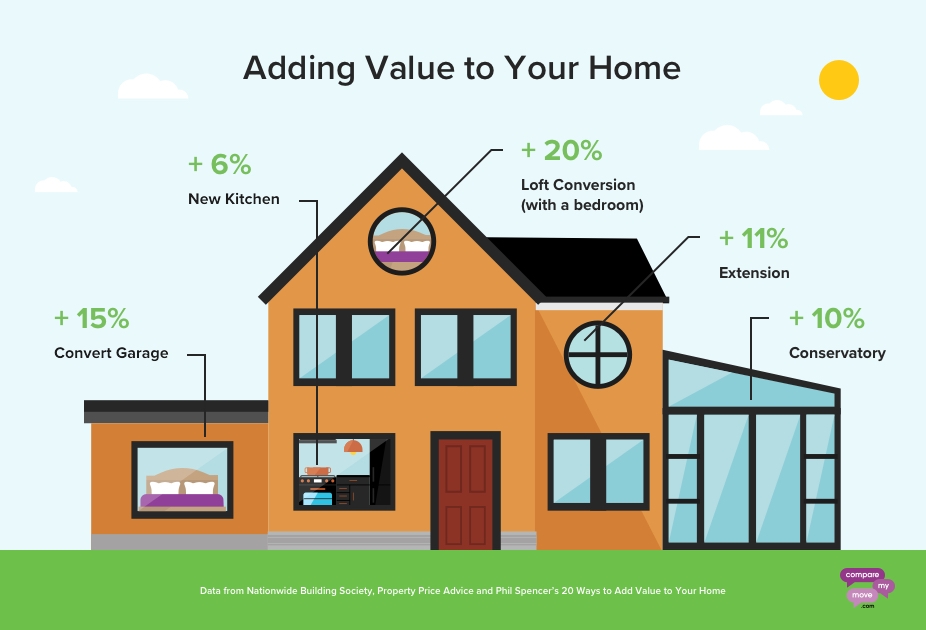
Bespoke loft conversions in Richmond
We specialise in high-quality custom Loft Conversions across Richmond and around South London. We have built numerous bespoke loft conversions in Richmond which are fully tailored to the client's personal requirements and preferences. Our Loft Conversions in Richmond allow families to add habitable space to their homes without the need to move home.
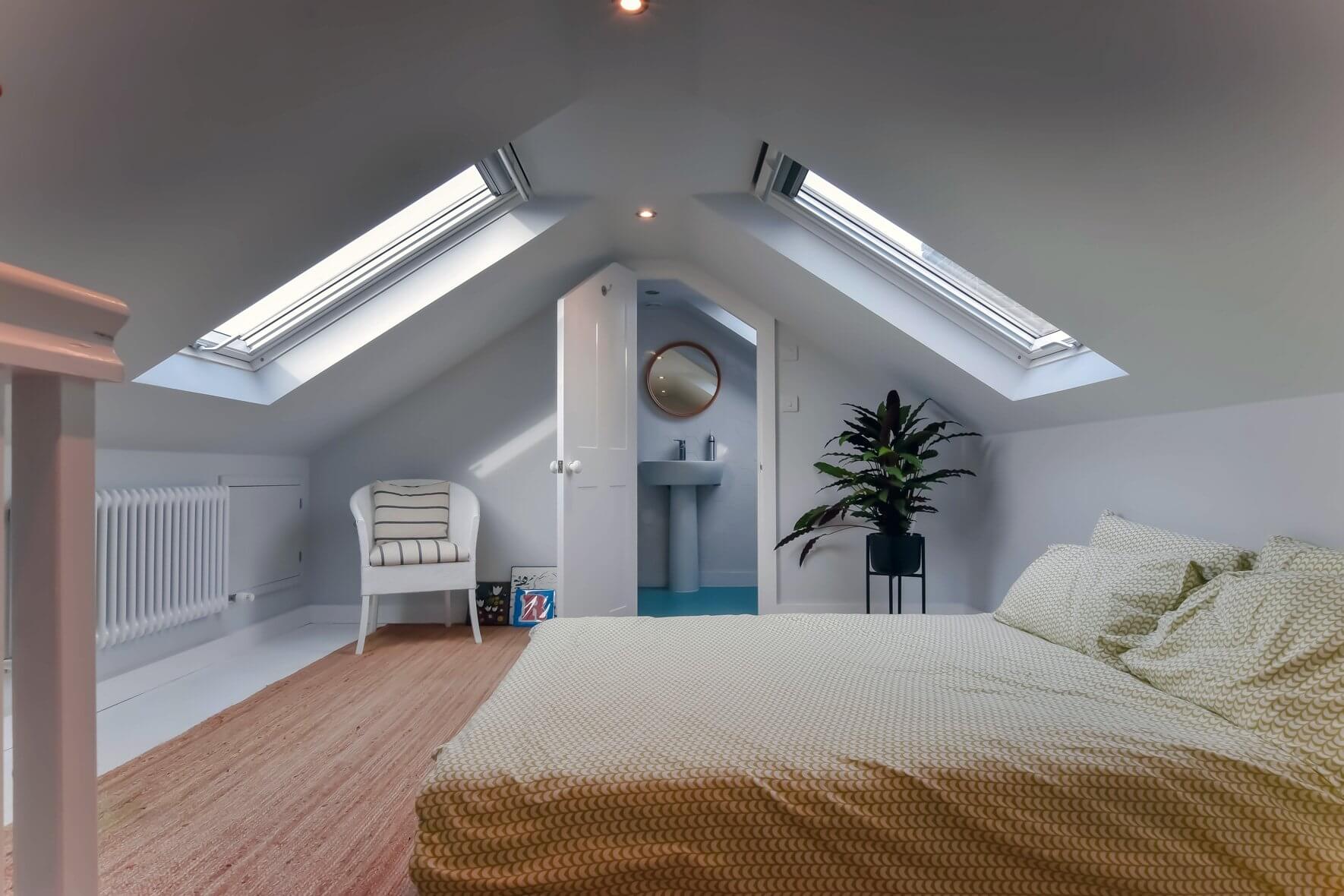
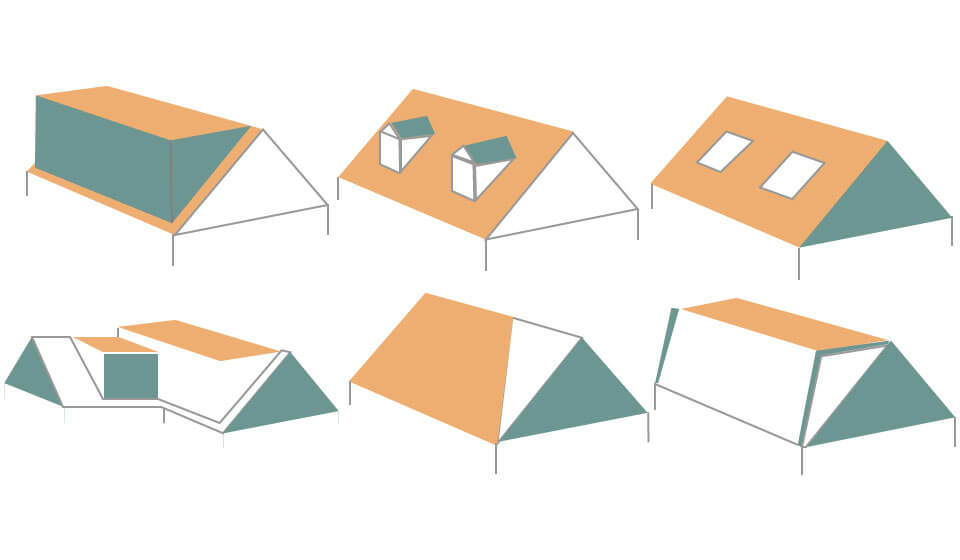
Richmond Loft Conversions
We offer a range of Loft Conversion types in Richmond, which include, dormer, mansard, hip to gable, L-shaped and velux loft conversions. Our team of builders will transform your house, giving you more living space and thereby increasing the value of your property.
Our latest Loft Conversions in Richmond
Browse through our latest loft conversions and extensions in Richmond to get an idea of what our specialist Loft Conversion team can build for you.
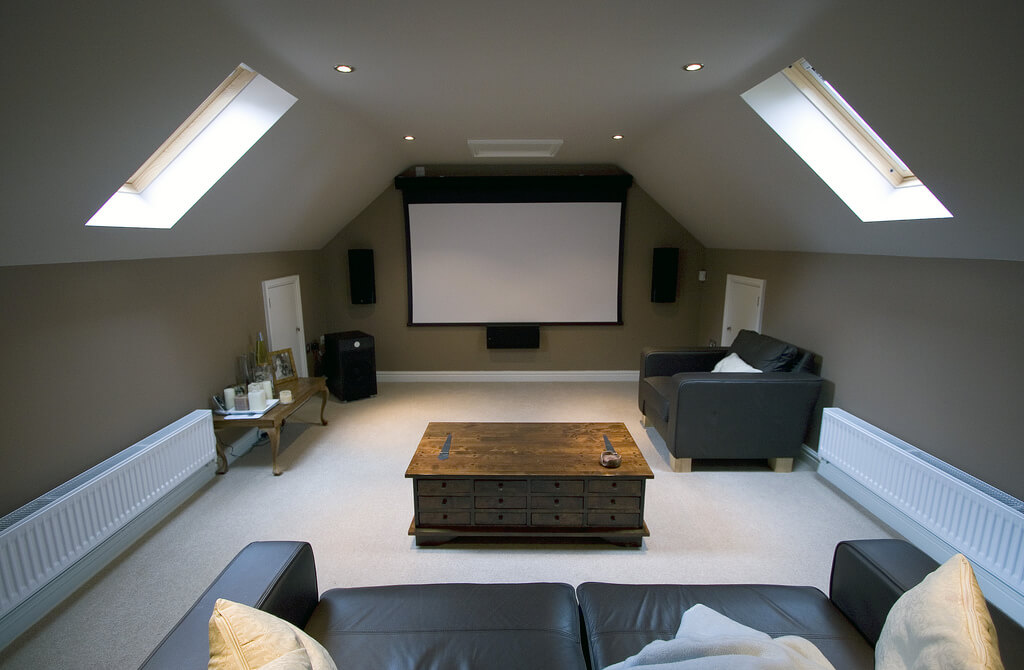

Our step by step process for Loft Conversion in Richmond
We try to keep the Loft Conversion process as simple as possible from conception to completion, always keeping you informed and involved in every step. Our process includes an initial survey and design followed by architectural drawings and structural calculations. Thereafter, we will quote based on the drawings. Once happy with our quote, our architects apply for planning permission and commence your building work and finally the completion of your new loft conversion. Our team is ready to discuss any aspect of the project in more detail at all times.
Whether your family is growing, renting out a room in your property, or simply want a new study or office, a loft conversion is an ideal solution to maximise space in your house. This is a cost-effective alternative to moving and will increase the value of your property when you decide to sell in the future. No matter the project size, we will build you a loft that reflects your style and meets your lifestyle’s needs.
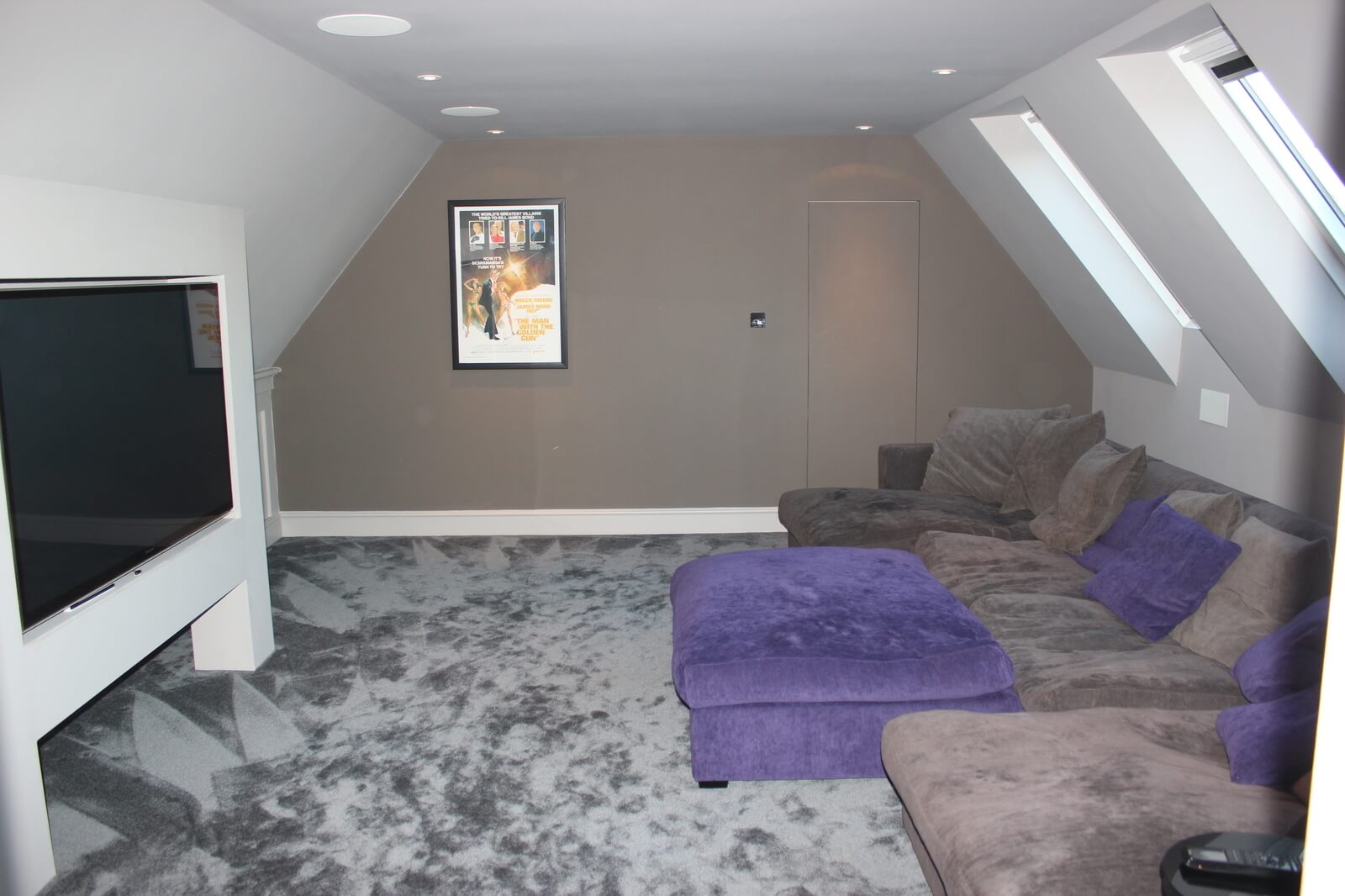
Richmond is one the wealthiest residential district bordering the River Thames. Its located to the south-west of London. Richmond is now part of the London Borough of Richmond Upon Thames where earlier it was part of the county of Surrey. Richmond is home to a population of 21,469
1. Site Survey and Quote – Our senior surveyor will arrange a convenient time to visit your property. After the visit, we will devise a plan and draft the quote in accordance to what your requirements are. We will then send an agreement via email. Once you agree on the terms we will commence the work.
2. Building Regulations and Contract – Once the contract agreements are signed, we will start the loft conversion process. We will introduce you to your project manager who will take care of all the building regulations and planning permissions required.
3. Final Touches – Once the Loft conversion work is nearly completed, we will instruct an inspection to wither out any minor faults and fix them as early as possible.
4. The Loft is Completed – We complete all the works and deliver the Loft to you within the deadline specified.
Do you have a question about Loft Conversions? We're here to help. Contact our team at Loft Conversion London
The minimum height required for a Loft Conversion is 2.2m (from the floor to the highest point in your loft). If you do not have the required height, your ceilings can be lowered on your first floor.
This depends on the size and type of Loft, most loft conversions take around 10-12 weeks. We can give you a more accurate estimation when we see your property.
Loft Conversion cost is determined by the size and type of the project, the features you would like, etc. Our architect will help you achieve the best use of your space within your budget. Most Lofts cost between £25,000 and £60,000.
No - it's safe to carry on living in your house. Our team starts from the scaffolding before the stairs go in. We always try to limit the disruption during the construction process.
Loft Conversions usually fall under the permitted development category therefore planning permission is not normally required. There are some exceptions like conservation areas, flats, or listed buildings. Our in-house surveyors can advise further on planning permission. For more info read our Planning Permission blog.
A party wall agreement is also known as PWA is required if you own semi-detached or terraced property. In simple words, if you are working within or near your neighbor’s boundary then you will need a party wall agreement in place. Click here for more info.
Yes - it will add from 15% to 25% upwards depending on the size, design, and type of Loft. Read more about adding value here.
Yes, all Loft conversions require building regulation approval from the local authority. These regulations are important to ensure the safety measures are in place and they set a protocol of construction and design to follow.
Absolutely yes, we will work with you to achieve your dream new living space.
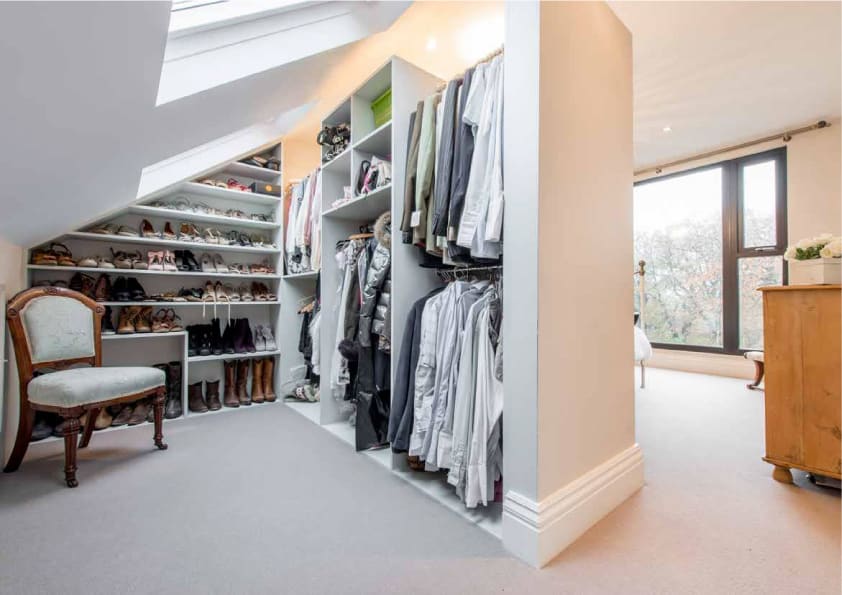
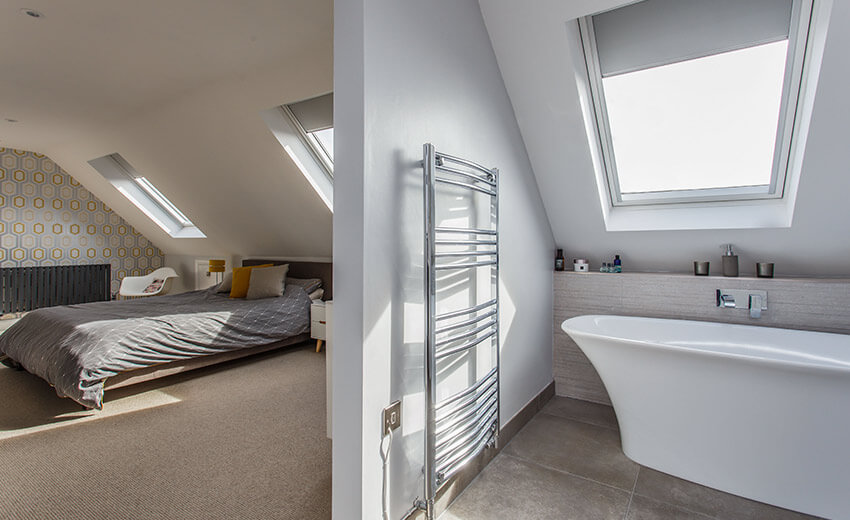

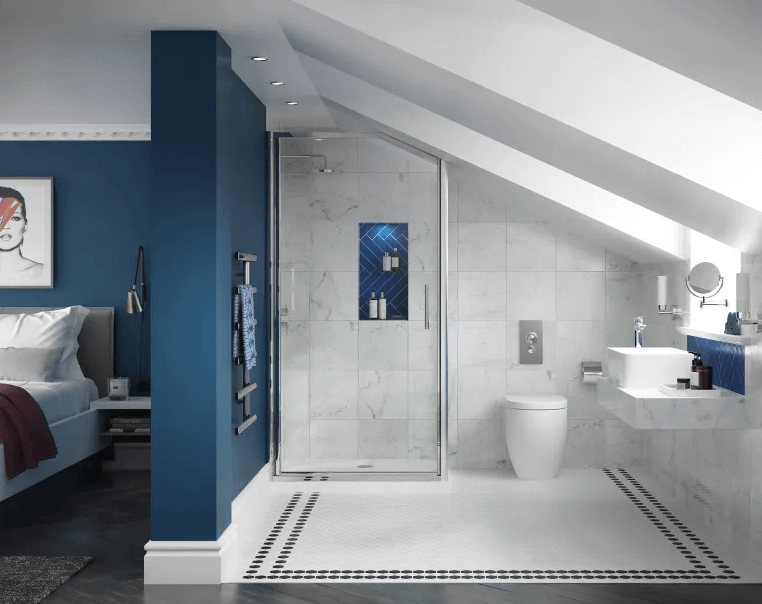

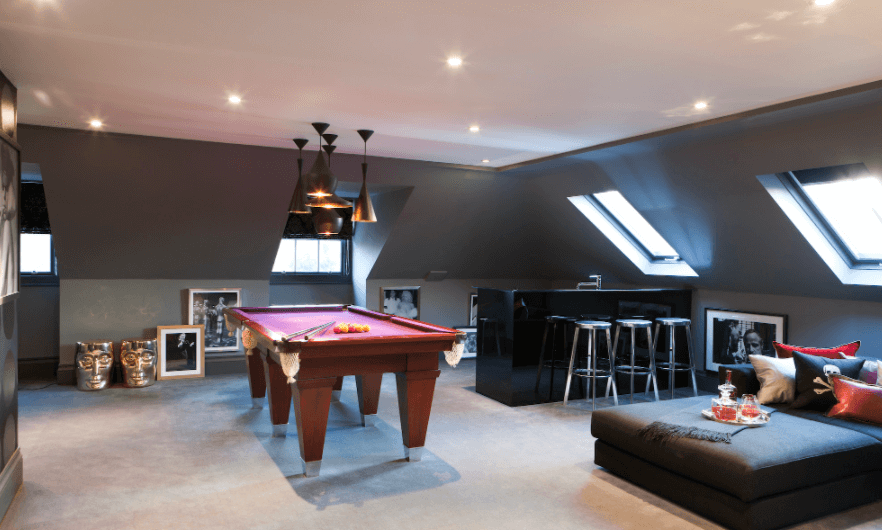
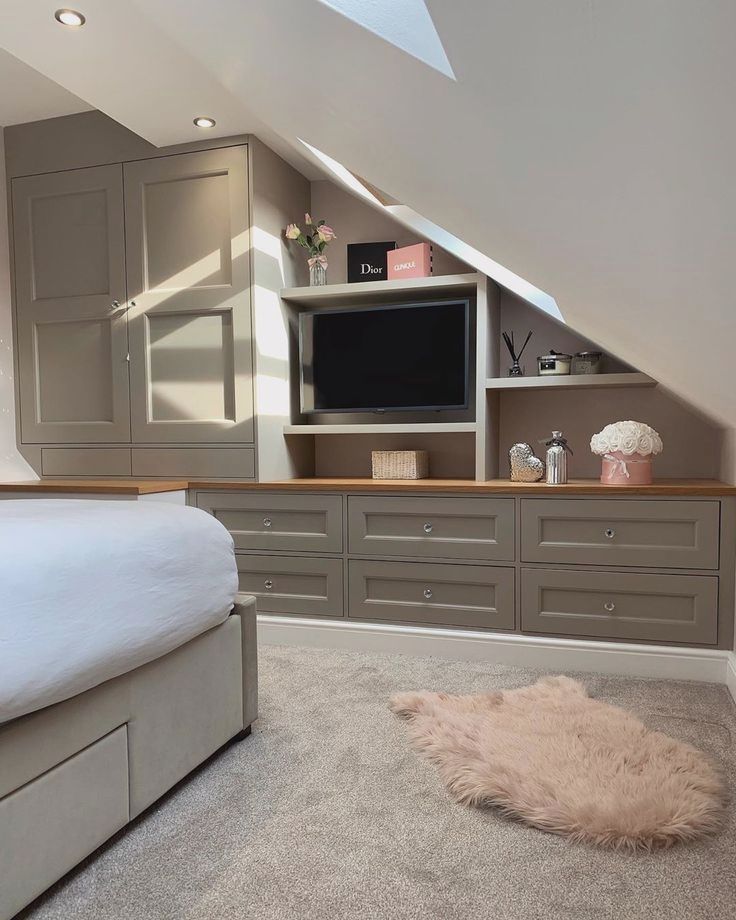






This is one of the most common types of loft conversion that one might notice in Richmond. It is considered ideal for homes that have a semi-detached or terraced built-up area. It can be easily spotted in a house because of the box-like protrusion that it causes from the roof of the house in which it is installed.
Because of the vertical extensions that it involves, it creates more headspace and floor space. Most of the work involved in its construction can be carried from outside the house, resulting in minimal disruption. It is also one of the cost-effective methods of loft conversion.
There is a range of styles that one can opt for if they choose dormer loft conversions. They are,
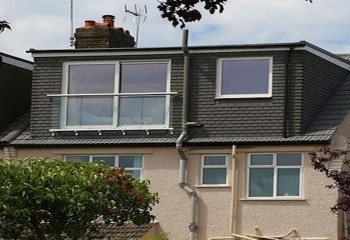
In the majority of the cases, dormer conversions can be done without the requirement of planning permission. You are most likely to be within the limits of permitted developments, as dormer conversions normally require renovations to the rear or side of the property.
However, if you decide to get a dormer conversion in the front of your house, you will have to get planning permission for the same as it involves construction and blockage of the main road. The size of the dormer, the type of dormer conversion, the type of property that you live in, etc, are all deciding factors of whether you need planning permission or not.
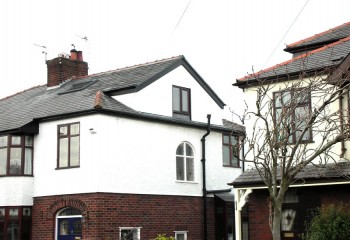
A mansard loft conversion involves the construction process at the rear end of the house and requires the construction of the entire roof plane. It is one of the largest conversions and involves the removal of only one side of the pitched roof to allow the building of a vertical wall that extends to the apex of the sloped roof.
It transforms the slope of the roof to an angle of 72 degrees, and the new structure has windows known as small dormers. The new structure built is big enough to support the construction of two big rooms as well.
Mansard loft conversions are suitable for all types of properties including, detached, semi-detached, bungalows, and terraced houses.
Some of the common types are,
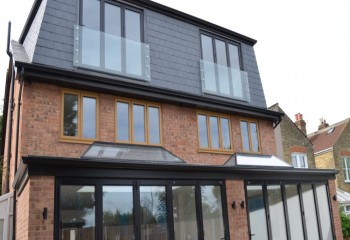
Mansard loft conversions alter the entire roof structure of the house, therefore, require planning permission before the initiation of the construction. This conversion creates maximum space in your house by creating an extra storey, and due to the consequent changes in the roof, it requires planning permission consent from the local authorities.
The property’s size is one of the most significant factors that decide the cost of a mansard conversion. This conversion is not possible without bringing major changes to the structure of the house, and thus, this process is more expensive than most of the other options. The starting cost is around £ 40,000 and can increase based on all the designing and finishing that one gets.

Some of the advantages of mansard conversion are -
Some of the disadvantages of mansard conversion are -
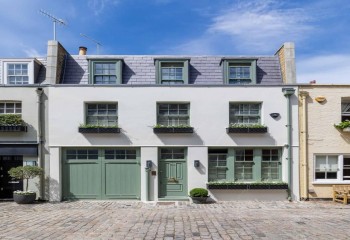
In this type of conversion, the size and structure of the roof remain unchanged, instead, there is the addition of windows into the rafters. The size of windows can depend upon your wish and the size of the loft.
It is one of the simplest and cheapest options of loft conversion and also causes minimum disruption compared to other options. These are best suited when there is sufficient headroom space available.
Since there is the addition of only windows in the structure of the loft, planning permissions are seldom required. However, if your property is a conservation or heritage site, planning permissions become a must.
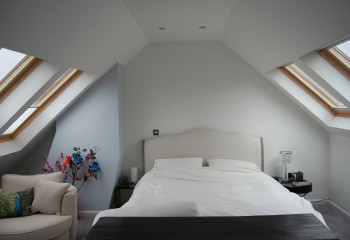
The prices of a Velux conversion start from about £ 30000 and can go higher based upon the furnishings and designs that are proposed. However, the actual cost depends upon the number of windows, the material required to construct these windows, and the size of the windows and the loft.
For any conversion type and process, considering building regulations, planning permission, insurance, and fire safety are a must. Keep the basics in mind, and you will be good to go!
